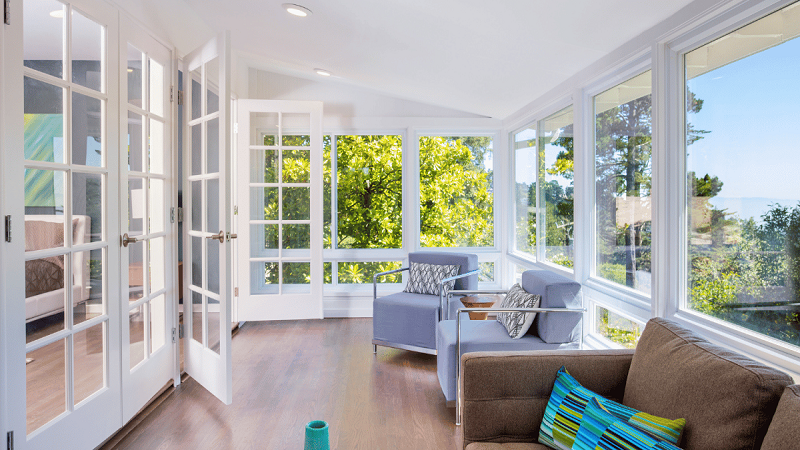A sunroom is a wonderful addition to any home, providing a space where you can enjoy nature while staying protected from the elements. Whether you want to relax with a book, host a gathering, or simply savor the sunlight, a sunroom can be your go-to sanctuary. Building a sunroom is a significant project that requires careful planning and execution. Here are ten essential tips to help you create a sunroom that perfectly complements your home.
1. Determine Your Sunroom’s Purpose
Start by deciding the primary use of your sunroom. Will it be a casual living area, a home office, a dining space, or a plant room? Understanding your sunroom’s purpose will help you select the right design elements, from furniture to window types.
2. Check Local Building Codes
Consult your local building authorities to understand the rules and regulations regarding sunroom additions. You may need permits or specific structural requirements. Ignoring these can lead to costly fines or demolition orders.
3. Choose the Right Location
Selecting the ideal location is key to maximizing sunlight exposure. A south-facing sunroom receives the most sunlight throughout the day, while a west-facing one provides afternoon light and evening warmth. North-facing rooms are cooler and offer indirect light, suitable for warm climates.
4. Determine Heating and Cooling Needs
Depending on your climate, your sunroom may need supplemental heating and cooling. Consider energy-efficient windows, ceiling fans, or a mini-split HVAC system. Insulation and weatherstripping can also help regulate temperature, making your sunroom usable year-round.
5. Select Quality Windows
The windows you choose define the character and functionality of your sunroom. Double or triple-pane windows with low-emissivity (Low-E) coatings can enhance insulation and reduce UV exposure, protecting your furniture from fading. Sliding or casement windows provide ventilation, while skylights can add extra natural light.
6. Plan the Electrical Layout
Determine your sunroom’s electrical needs early. Plan outlets for lighting, ceiling fans, entertainment systems, or other electrical devices. Consider installing dimmable lights to create ambiance or task-specific lighting to make the space versatile.
7. Incorporate Natural Elements
Bring the outside in by adding plants, natural materials like wood or stone, or even a water feature. Choose greenery that thrives indoors, and arrange it in a way that complements the overall decor. These natural elements create a tranquil environment that makes the sunroom a delightful retreat.
8. Ensure Comfortable Flooring
The flooring should withstand changing temperatures and moisture. Consider tiles, engineered wood, or luxury vinyl flooring, which are durable and easy to clean. Carpets or area rugs can add warmth, while outdoor rugs can handle spills and weather changes.
9. Invest in Comfortable Furniture
Your sunroom is a space for relaxation, so opt for comfortable, durable furniture. Wicker or rattan furniture works well due to its lightweight yet sturdy nature. Add cushions with moisture-resistant fabric to endure sunlight and frequent use.
10. Hire Professional Help
While it’s tempting to go the DIY route, hiring professionals can save you time, money, and stress. An architect or contractor will ensure that your sunroom meets all building codes and standards. They can also help integrate the sunroom seamlessly with your existing structure.
Conclusion
Building a sunroom is an exciting project that can enhance your home’s value and offer a serene spot to enjoy nature. By following these ten tips, you’ll be better prepared to design and construct a sunroom that meets your needs and lifestyle, providing enjoyment for years to come.
